Editor’s Desk: Barbiecore interiors, the pitfalls of Insta-tourism and hospitality-led co-working

In this week's Editor's Desk, head of digital Lauren Grace Morris discusses the impact Barbie's having on design, the dark side of viral tourism destinations and why
Create a free account to read the full article
Get 2 premium articles for free each month
Related Articles
MORE Editor's Desk
Editor’s Desk: generative AI in interior design – how will it affect the value of the design firm?
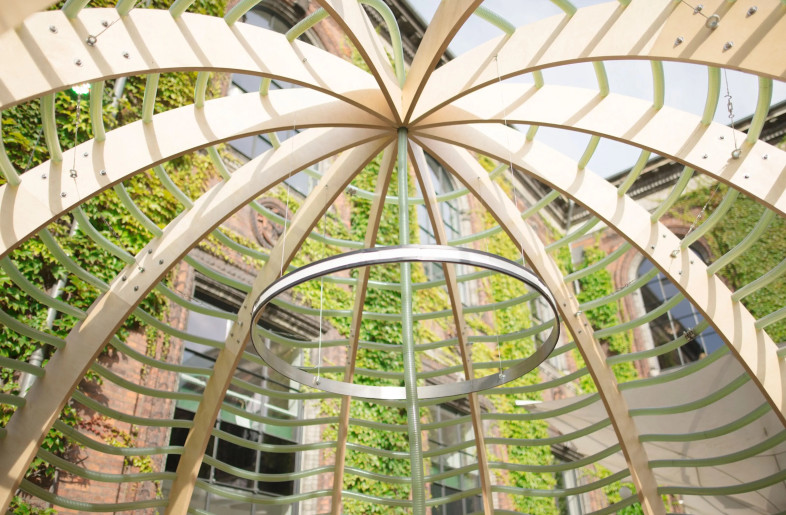
Editor’s Desk: All is fair in love and algae
-copy-thumb.jpg)
Editor’s Desk: Architecture is, first and always, a fiction
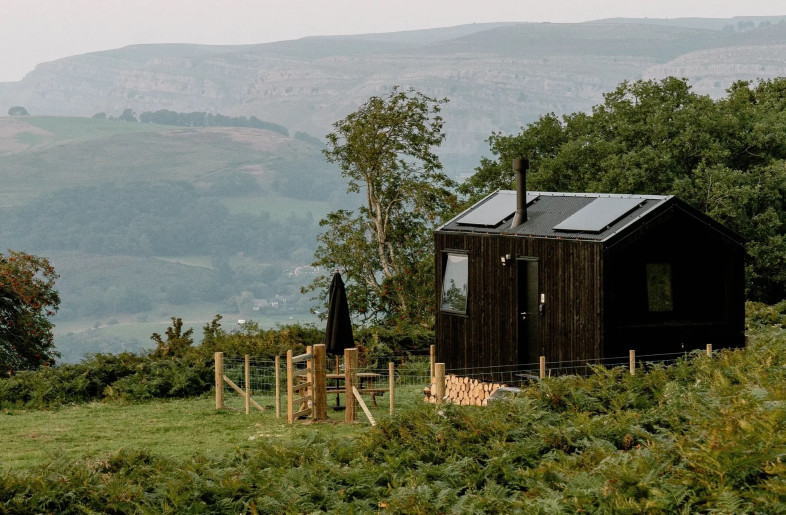
Editor’s Desk: Step away from the device! Design’s role in the digital detox phenomenon
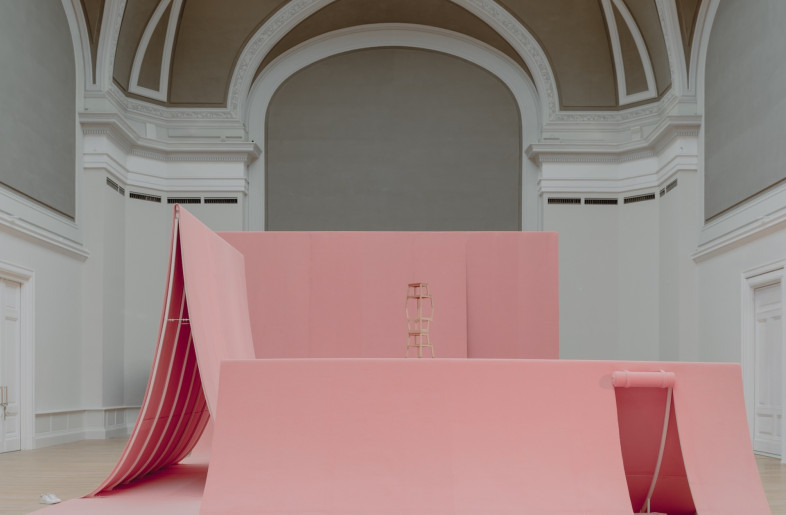
Editor's Desk: How can public spaces invite us to pause and connect?
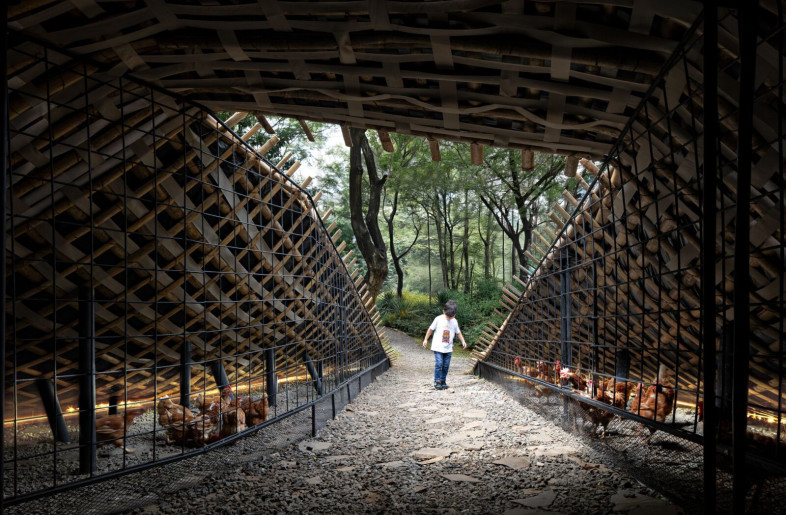
Editor’s Desk: material innovations and food solutions to last
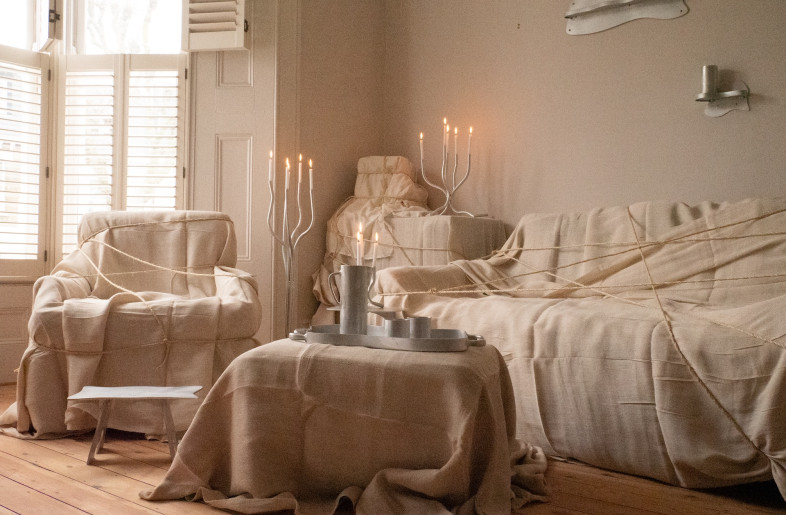
Editor's Desk: On erasure, modernity's quiet craft and the commodification of good taste

Editor’s Desk: Right to the city and design as personal geography

Editor’s Desk: Historic heatwaves, longevity vs. legacy and the quiet activism of Do Ho Suh
